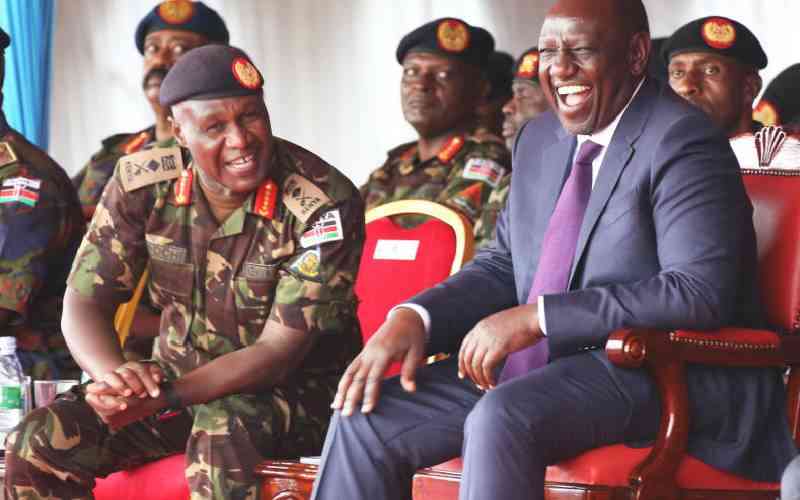×
The Standard e-Paper
Kenya's Bold Newspaper

By the time you are reading this, we shall be moving from the fifth to sixth week in office for President William Ruto's Kenya Kwanza administration.
To repeat for the umpteenth time, this is still the honeymoon period (Monday October 17th is Day 35 if we count inauguration as Day One), but this takes nothing away from the heavy burden of expectations among Kenyans.